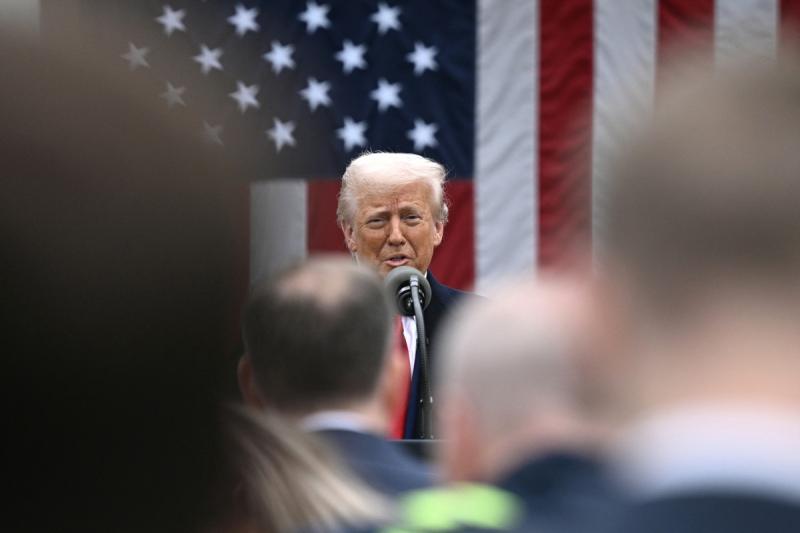The 7th edition of Choose France announces investment promises of 15 billion euros. Has Emmanuel Macron become the "Mozart of Investment"?
These events launched by Emmanuel Macron upon his ascent to the presidency are undoubtedly useful and contribute to France's influence. They fully fit into the overall strategy we previously discussed. The figures announced are significant in terms of both billions invested and jobs to come. However, as is the nature of such events, the presentation of projects is often maximalist and upon completion, especially in terms of actual jobs created, the numbers do not add up. It will also be necessary to look at the sums directly invested by these large foreign companies and the amount of public aid granted to attract these multinationals, which know perfectly well how to play the competition and raise bids among different states to obtain the most aid and subsidies.
Moreover, while Emmanuel Macron has scored points in improving France's image among international decision-makers, the lack of progress on a number of fundamentals (level of mandatory levies, public deficit, bureaucratization, and normative inflation...) significantly hinders and impedes the momentum.
How can the investments promised by several of the GAFAM be a solution to our trade deficit?
Besides traditional industrial projects in agribusiness or pharmaceuticals, the majority of the announced investments are by the GAFAM. Microsoft and Amazon are going to develop new data centers. These IT sites will not directly produce exportable products, but they are very valuable as they will strengthen the country's digital sovereignty and provide massive computing capabilities, a major asset for the development of artificial intelligence.
Since 2017, have we witnessed a reindustrialization of France?
According to data compiled and published by the Trendeo firm, the balance of industrial site closures versus openings has been positive since 2016. This is good news, particularly due to the reduction in production taxes, the maintenance of the research tax credit, and France's attractiveness policy towards foreign investors. However, it is important to keep in mind that our industrial fabric has suffered a real hemorrhage. For instance, between 2008 and 2020, no fewer than 940 industrial sites employing 50 or more workers have closed in France. It will take time to recover. Additionally, the rise in electricity prices deprives the country of what was once a significant comparative advantage.
You claim that retail has taken the place of industry in the territories. Has retail become the best "VAT collector" for the State?
The transition from a production country to a consumer market that has occurred over thirty years in France is visibly evident. The hundreds of peripheral commercial zones created around supermarkets and hypermarkets across France are the beating heart of our economy. 70% of commerce takes place there (hence the commercial decline of most city centers), which is colossal. Retail chains in these locations handle impressive financial flows and capture the majority of French consumption, on which VAT is based. This tax, collected by the large retail outlets, is then remitted to the State.
What I call the state-consumerist model is well-oiled, as in many French cities, due to deindustrialization, it is the public sector that originates monetary flows through civil servant salaries (the hospital is often the top employer in a town), social benefits, and pensions. Thus, the State injects massive amounts and then refinances itself through VAT and the TICPE (new name for TIPP) levied by the retail sector. The problem is that this circuit is not at all balanced. On one hand, the public sector spends and distributes much more than it collects (expenditures show a deficit of 30% in the state budget every year...), leading to the regular and uncontrolled increase of public debt. It was equivalent to 63% of GDP in 2003; today, we are at 110%.
And on the other hand, many of the goods sold in commercial zones and large stores are no longer produced in France but imported, hence the recurring deficit of our trade balance (no less than 100 billion in 2023).
Household consumption remains the engine of French growth. This consumption has been financed by credit for decades. The increase in the number of civil servants is an example. Are we at the end of the French economic model?
Indeed, we see that our state-consumerist model is running out of steam. France has both the highest level of mandatory levies in the OECD and a staggering debt. In this configuration, it is difficult to levy more to then practice checkbook politics and support consumption. Meanwhile, purchasing power remains the number one priority for the French, and the government no longer has any leeway to meet this expectation from the population. The situation is the same in the public sector. Public expenditures are massive and have been increasing for years, yet we have nurses, teachers, and police officers among the least well-paid in Europe... This vicious circle is both the product of a bureaucratization that clots the functioning of society and public services and the short-term choice never denied for consumption at the expense of production, which has led to the impoverishment of the country.

Is the catastrophic state of our public finances a risk for the Eurozone?
Our European partners are long accustomed to us not keeping our commitments. Except that, exacerbated by the "whatever it costs," public debt and deficit are now at record levels that can threaten the balance of the Eurozone. Nixon's Treasury Secretary famously told his European counterparts, "The dollar is our currency, but it's your problem." It seems that since the introduction of the euro, the various tenants of the Élysée and Bercy have adopted the same attitude, generating increasing concern throughout the rest of the Eurozone.
(*) Director of the Opinion Department at Ifop. Author of After France. Political Landscape. Le Seuil 2023.
 French
French

















